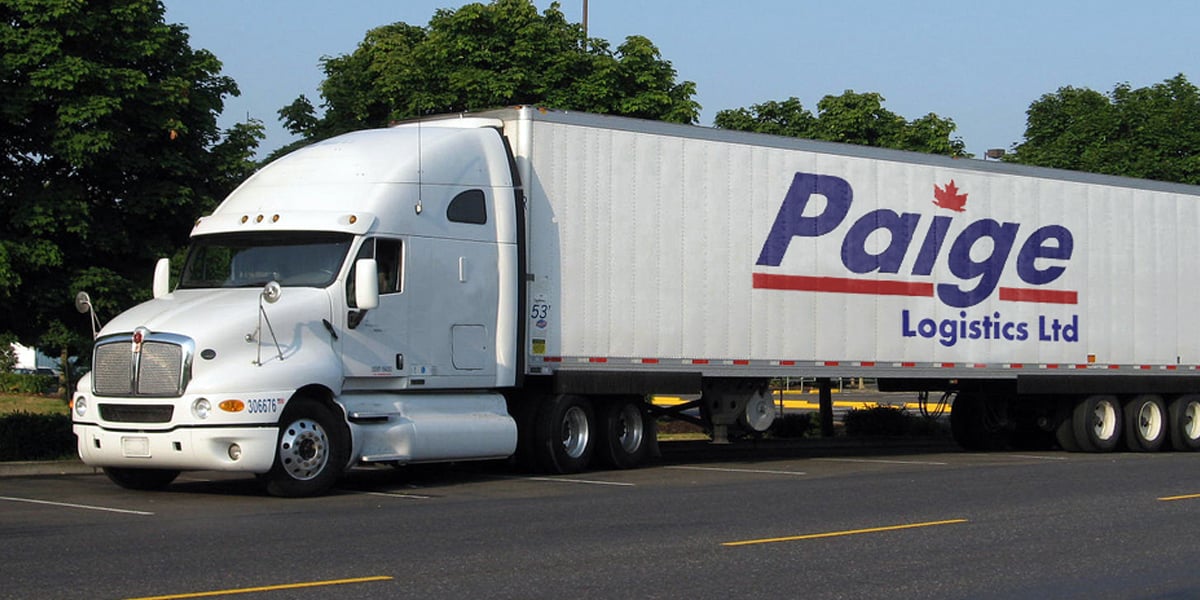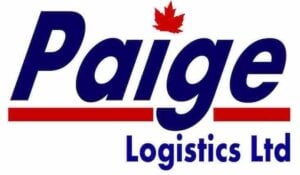Shipping Comparison:
Reefer trailer vs. Dry Van
Undecided between a Dry Van vs. Reefer?
You have two viable options, each of which is distinct. Here is how to select the most suitable trailer for your cargo.

What Is the Difference Between a Reefer Trailer and a Dry Van Trailer?
To discover the ideal trailer for you, you must consider the pros and cons. Choose the appropriate trailer type for your cargo.
Dry vans are often used to transport things on pallets, in box enclosures, or that can be transported loose. The primary distinction between dry van trailers and reefer trailers is that reefer trailers are temperature-controlled refrigerated trailers.
Dry Van or Refrigerated Trailer?
When it comes to transporting freight in North America or shipping freight to California, the range of available equipment may appear endless. What is the best option for my commodity is a question frequently posed by shippers around the globe.
We understand that you want to make the finest trucking selection for your shipment but do not know how. This essay on shipping logistics will help you grasp the distinctions between refrigerated and dry van freight shipping trailers.
If you require further assistance or have questions about shipping or our trucking services, please contact our logistics services consultant. Paige Logistics would be happy to assist you in any manner possible.
FAQ
Navigating North America's Freight With Trucking
What Is A Reefer Trailer?
Otherwise known as temperature-controlling units or refrigerated trailers for freight that requires heating or cooling to keep it fresh during shipment.
This includes preventing freight freezing in the dead of winter in Montreal or cold in the summer heat shipping freight Canada to California.
What is the Purpose of a Reefer Trailer?
The use of refrigerated trailers to convey any cargo requiring temperature-controlled transport. This, in conjunction with their insulated walls, makes them the only trailer type suited for transporting perishable goods.
These trailers are frequently used to deliver fresh produce, medications, meat, and dairy products. Refrigerated trailers have a maximum weight capacity of about 42,500 pounds.
The trailer has a maximum width of 8 feet 2 inches and a height of 8 feet due to its insulated walls. Similar to dry vans, this type of trailer cannot transport items whose length exceeds the length of its deck.
In addition transporting perishable food, beverages, and medications, these trailers also transport hazardous goods that require a precise temperature. A few examples are acetic acid, phenol, propionic acid, and ethyl acetate.
Why Are Reefer Trucks Unsuitable For Shipping?
Due to the insulation of the boxes, all oversized freight and cargo weighing more than 42,500 pounds are prohibited. Set in precise quantities and designed specifically for transporting temperature-controlled cargo.
After this trailer transports hazardous items, it will no longer be allowed to transport consumable goods.
How Does The Use Of A Reefer Affect Shipping Costs?
These trailers are run more expensive than dry vans due to refrigeration the cost of fuel. In addition, these perishable commodities transported in these trailers are subject to increased liability risks and particularly managing contents of a container shipping China to Canada.
What is the purpose of the temperature sensor on a reefer trailer?
The expense of temperature-related spoiling is reduced and the risk of cargo loss and asset damage is reduced thanks to reefer trailer temperature monitoring. By using sensors to inform if any significant temperature fluctuations occur, it makes sure cargo temperatures stay within the permitted range.
What Is A Dry Van Trailer?
By far the most common trailer and upon Canada’s highways. All designed to protect freight from the elements while in transit, these trailers have a box enclosure.
The standard size is 53′ trailer and can hold weight 42,000-45,000 pounds, is ideal for retail, perishable produce and CPG. These trailers are the most effective means of delivering palletized (26 pallets), boxed, or loose goods.
As a result, these trailers are growing in popularity as the cross-border trucking economy of the United States and Canada thrives on rampant consumerism and the expansion of construction logistics.
What are the Benefits of a Dry Van trailer?
Dry vans, which are versatile and huge, are the most prevalent type of trailer in the transportation industry. These unrefrigerated trailers are typically used by carriers to transport dry, non-perishable freight that does not require temperature control, such as kitchen appliances, non-perishable food, furniture, electronics, and apparel.
But, this is really the tip of the iceberg when it comes to the capabilities of dry vans. Dry van trailers can transport any dry, non-perishable cargo that fits in the truck. This cargo is typically delivered in pallets or boxes in a dry van, which can cover either short or long distances.
Despite the fact that all dry vans are unrefrigerated and have legs to stand on when detached from the cab, there are differences between them. Dry vans are typically 13.5 feet tall and 8.5 feet wide, but their length ranges from 48 to 53 feet. Some dry van trailers include loading ramps or roll-up doors, but others have aerodynamic skirts.
With the versatility of dry vans, it is quite easy to discover loads that fit within them. Dry vans are huge and suited for transporting loose, packed, and palletized freight and equipment. They can handle both full and less-than-truckload (LTL) shipments and are great for shipping apparel, packaged foods, and machinery. Generally, anything that doesn’t require a very cold or warm environment and doesn’t exceed the size and weight constraints may be delivered via a dry van, so finding loads shouldn’t be difficult if you have a good load board.
When Are Dry Van Trailers Unsuitable For Hauling?
When calculating overweight or oversized freight. Any commodity that requires access from the side of a trailer rather than the back should not be transported in this model of a trailer.
Companies without loading/unloading docks will have a more difficult time removing/adding freight to these trailers because they lack an open deck.
Products that require temperature control are another commodity that will not be suitable for this type of trailer. Because these trailers lack a cooling unit, it is impossible to keep products like ice cream frozen in the summer.
As a result, if you’re a shipper moving temperature-controlled, oversized freight or don’t have access to a loading dock, a dry van won’t suffice.
Can I track my shipment in real-time?
In today’s digital age, most reputable shipping companies offer real-time tracking services. This allows you to monitor your shipment’s progress and get timely updates on its status.

Author & Chief Executive Officer at Paige Logistics Ltd. → Experienced Operations Manager with a demonstrated history of working in the Transportation, Trucking and the Railroad Industry.
Customer Reviews

